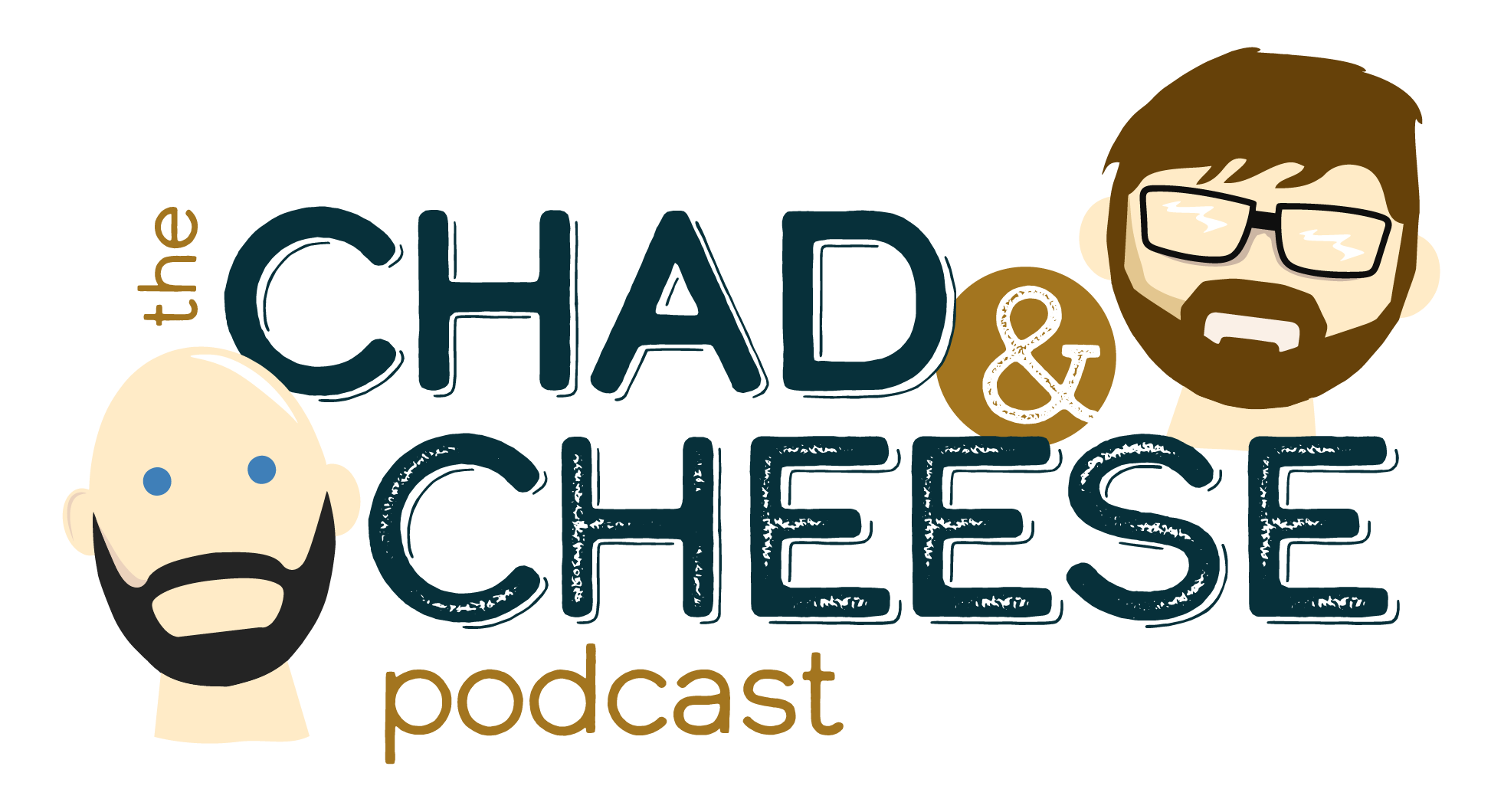No Strain, No Brain
Photo by Unsplash+ in collaboration with Getty Images
I can recall a time, not so long ago, when a certain word caused adults to recoil in fear. That word was Cancer. Receiving a cancer diagnosis was like confronting The Grim Reaper face to face. Today, with high survival rates for many types of cancer, the word carries less shock value. Unfortunately, another word has replaced the word as the biggest bugaboo, and that word is dementia. Dementia appears to be a one-way ticket to debilitation.
So here is some good news: research has proven that you have some control over whether your brain loses ground to dementia or keeps it at bay – possibly forever.
To understand how, it helps to know something about neuroplasticity, a wonderful multi-syllabic word that means a brain can change. A good place to begin is the story of Barbara Arrowsmith-Young.
Overcoming Disabilities
When she was growing up, she had severe learning disabilities. She read and wrote everything backwards. She could not connect things to ideas; it was impossible for her, for example, to grasp how to tell time. She could not understand cause and effect. At that time, prevailing scientific Wisdom held that the brain stopped developing at about age 12, after which it was set for life. Consequently, she was told she would have to learn to live with her limitations.
Fast forward 20 years: she graduates from college (with great difficulty), begins graduate study in psychology, and discovers two researchers who change everything for her. One mapped the brain’s regions to show that distinct functions were managed in different regions. The other demonstrated that stimulation improved brain functions in rats. With intensive personal efforts, she applied that research, expanded on it, and overcame her own cognitive deficits.
Today Arrowsmith-Young directs the Arrowsmith Program, a set of exercises she developed to strengthen brain function in 19 cognitive areas. She is also the author of The Woman Who Changed Her Brain, which tells her story and presents case histories that demonstrate the brain’s ability to change at any age.
Scientists now accept that the brain retains plasticity into old age. As Arrowsmith-Young has said in an interview, “I’ve seen the same degree of neuroplasticity in an 80-year-old as I’ve seen in a 12-year-old.” Yes, children’s brains can learn some things faster than older adult brains can. And yes, adult brains do lose neurons as they age. But adult brains also can make new connections between neurons – new neural pathways – under the right conditions. Those new pathways can compensate for losses.
It’s an opportunity, but not a guarantee. You have to work at it.
The Healthiest Habits
According to researchers, three habits increase neuroplasticity as we age.
1. Physical Exercise. The physical really does impact the mental. Exercise increases blood flow to the brain, which delivers oxygen (very important!). Your cardiovascular workouts are great, but even 30 minutes of brisk walking helps.
2. Paying attention. It’s easy to walk through life on automatic pilot, doing the same things the same way. When we do, though, we miss a lot of important details – a spectacular sunset, the aroma of roses, or the wonders of a grandchild solving a new, intriguing problem by herself. Practicing mindfulness, such as daily Meditation, can train our minds to be present, while encouraging the brain to be more active and flexible.
3. Learning new things. Learning is not just for kids. Remaining curious and eager to tackle new subjects offers the brain the basic nutrients it needs to grow and change.
There’s a right way to do mental exercise. According to Arrowsmith-Young, it’s vital to engage in activities that challenge us, and to increase the level of challenge over time. When the activity is easy, it’s time to ratchet it up a notch. Another key is active, sustained engagement. As with physical exercise, a few sporadic attempts don’t lead to improvement. You must be in it for the long haul.
Emily and Mitchell Clionsky, authors of Dementia Prevention, say there are five major areas where people can improve their chances of sidestepping dementia:
controlling Diabetes and hypertension (often brought on by smoking, too much weight, or too little exercise)
getting adequate Sleep (especially treating sleep apnea, which deprives the brain of oxygen)
avoiding alcohol, cannabis, and certain prescription medicines (e.g., anti-Anxiety drugs) and over-the-counter sleep aids
treating hearing loss (which causes measurable changes in the brain)
and treating vision loss.
“Regardless of your genetic inheritance,” Mitchell Clionsky says, “large population studies tell us if we really do maximize all the preventive things we can, we have a chance to reduce the risk of getting dementia by 50%.”
So may I suggest that you get into your workout gear and start exercising your mind so you have better odds of keeping it intact.


























